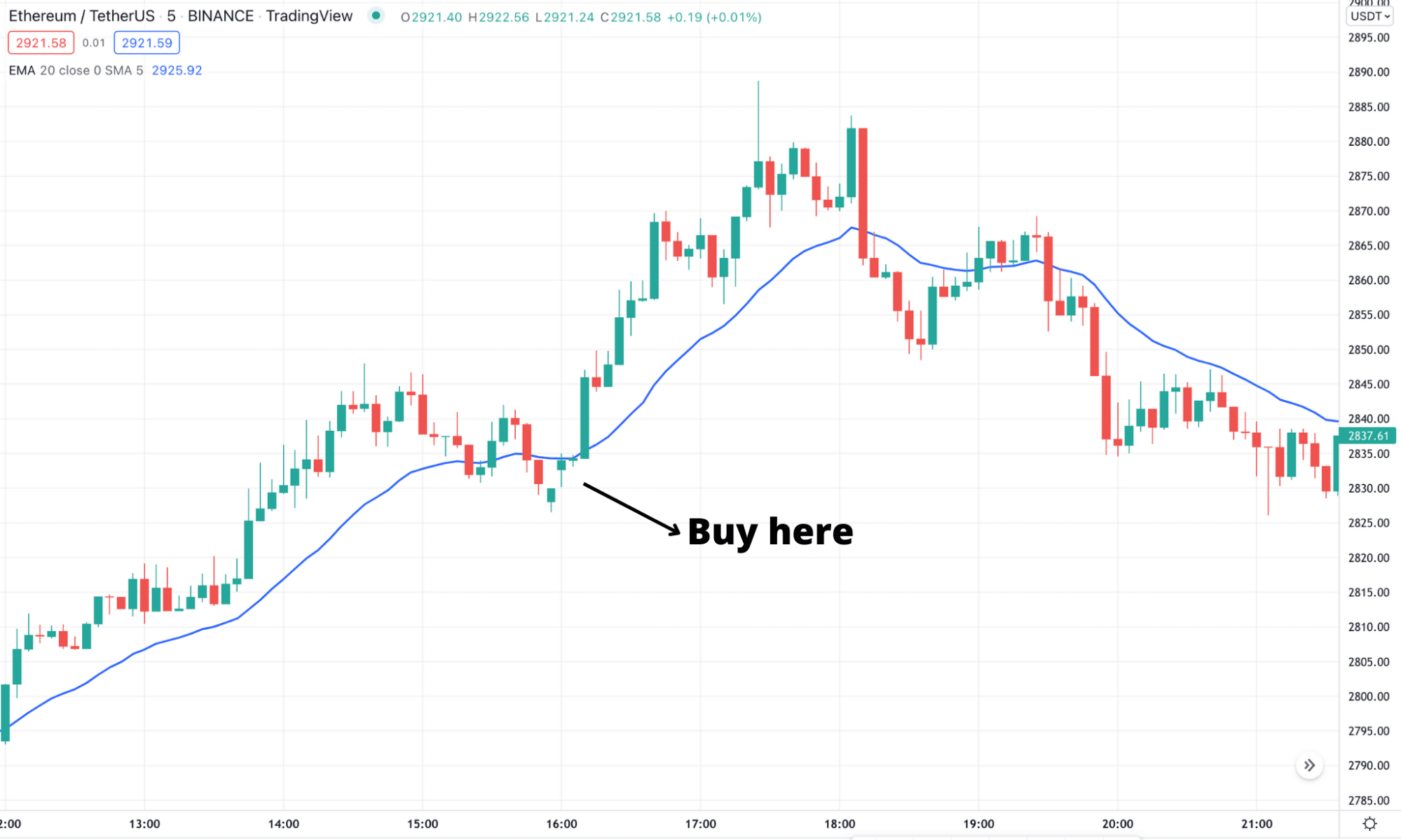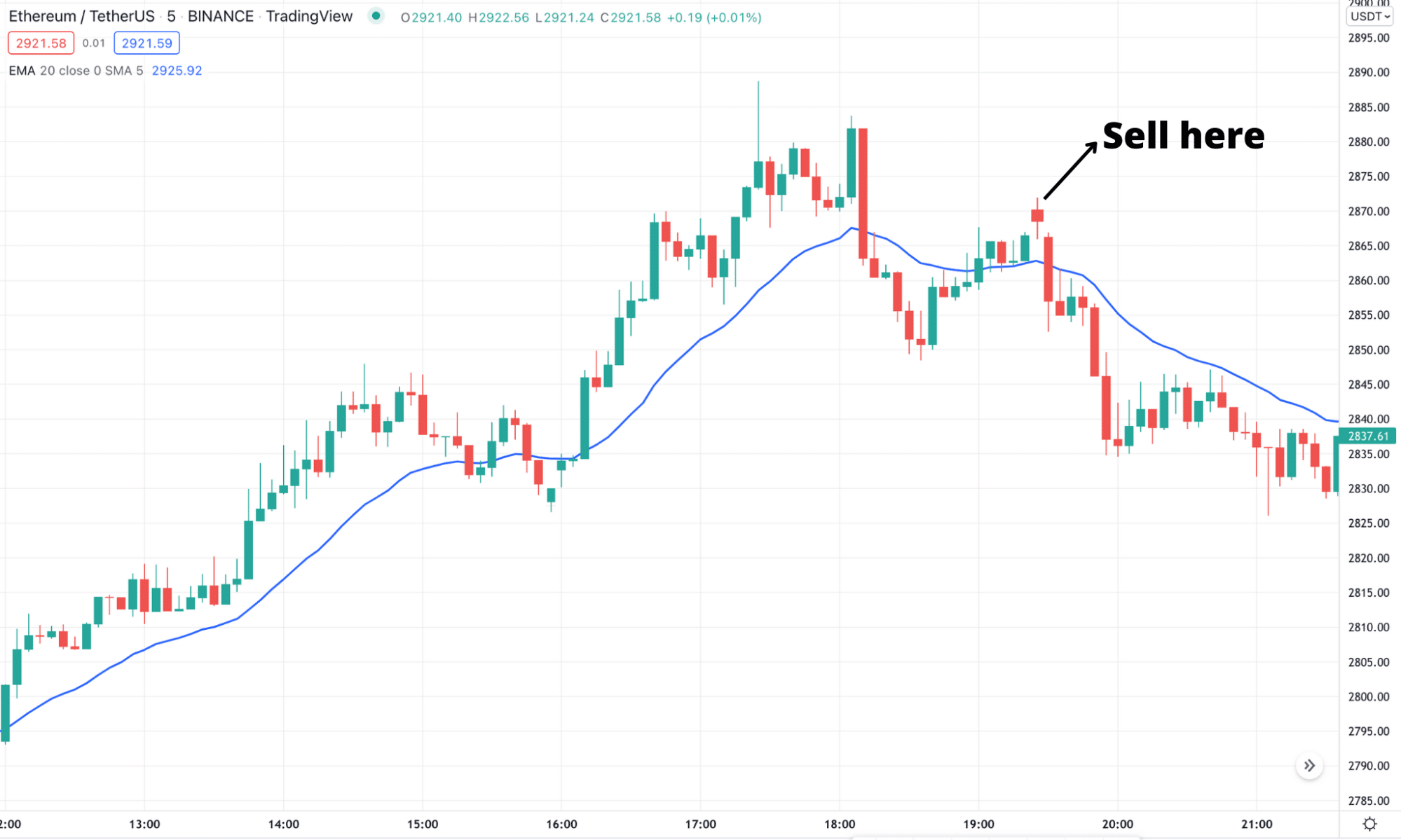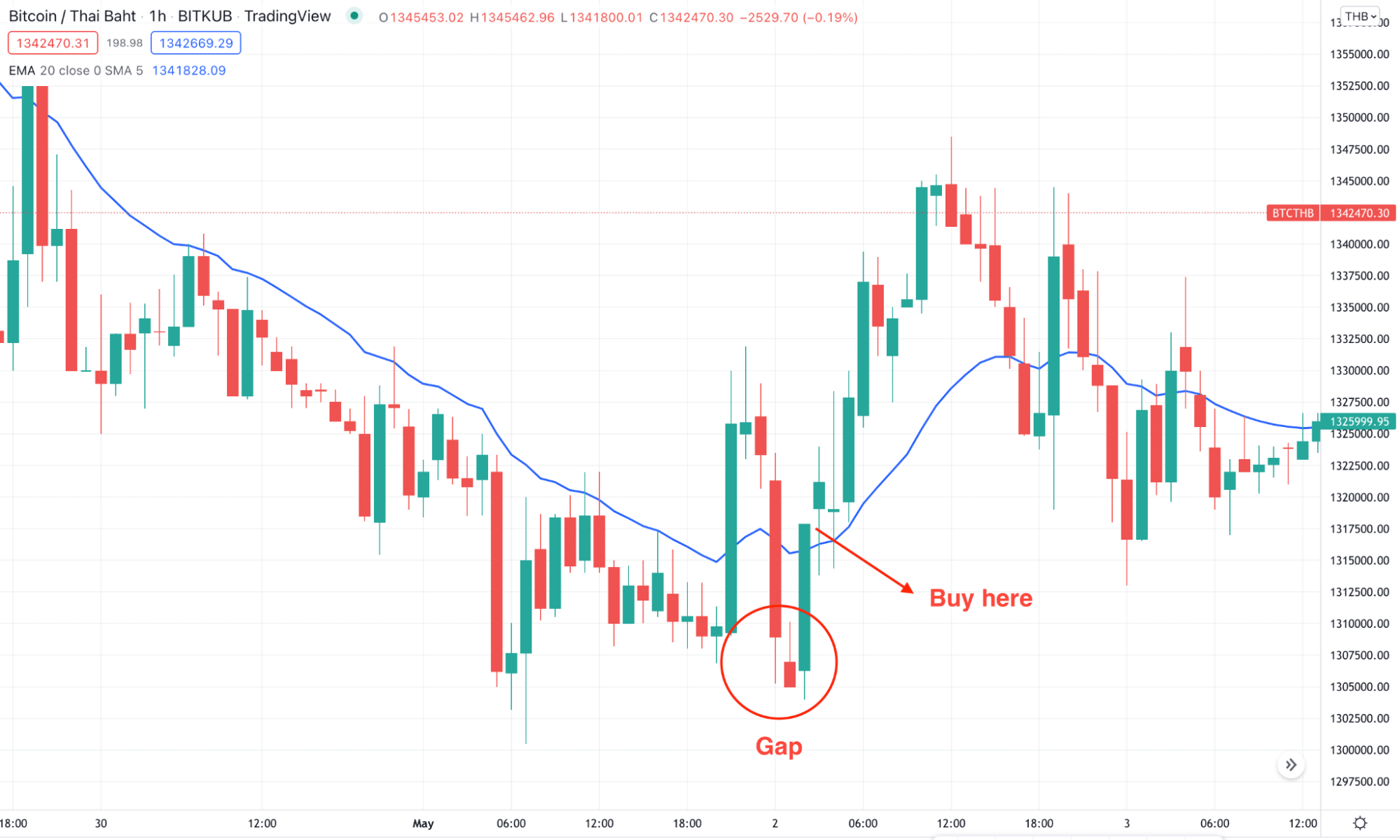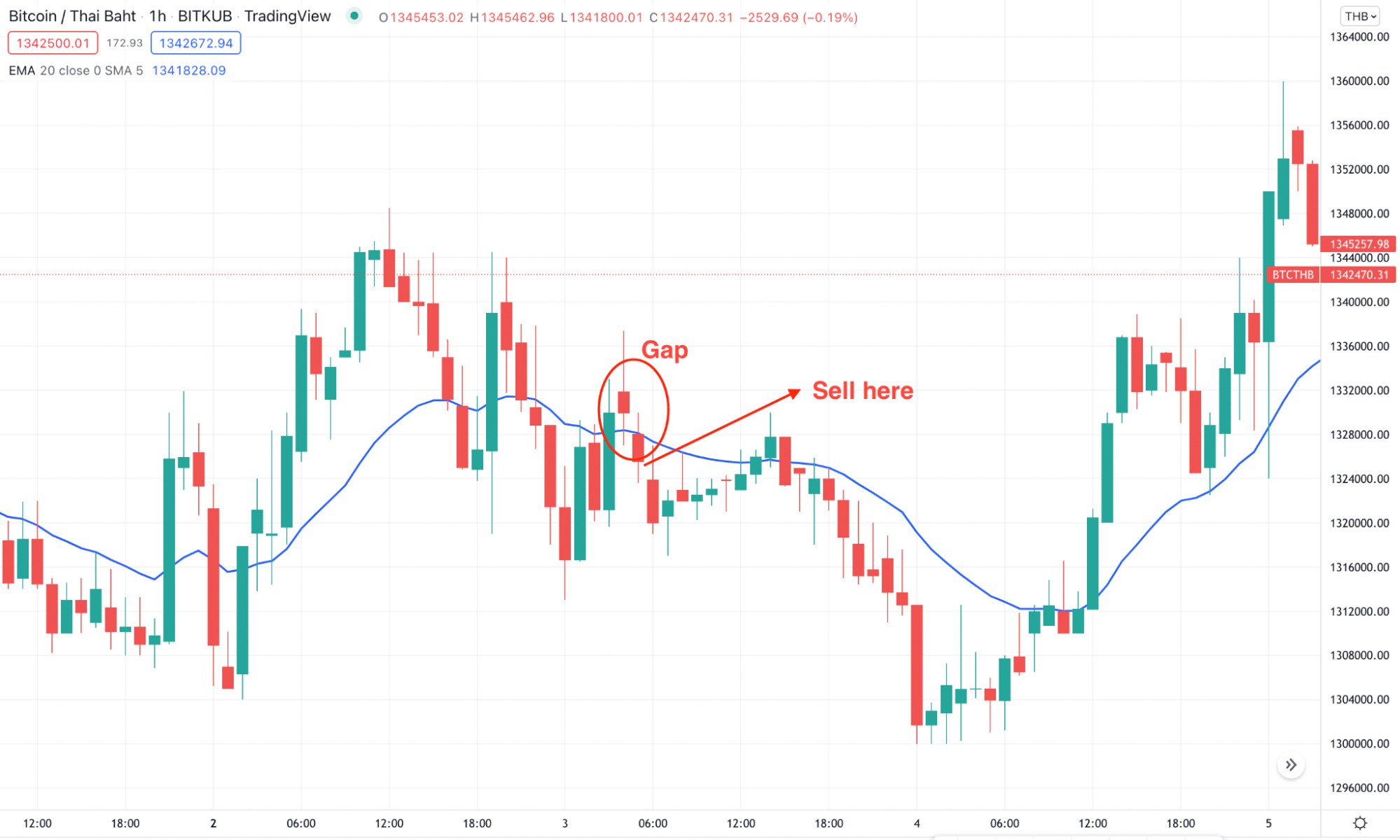In technical analysis, a gap trading opportunity appears when there is a gap between the opening and closing price. Gap trading is widespread in the stock market as several price-driving factors appear during the market cloning hour. However, this method appeared to work in other financial markets like forex, indices, and cryptocurrencies, where many winning opportunities are available.
The following section will uncover everything about crypto gap trading with exact buying and selling methods.
What is a crypto gap trading strategy?
When studying financial charts on stocks or cryptos, it is widespread to see an immediate movement causing the gap. This situation happens when there is a muscular imbalance between buyers and sellers for a particular price area.
On the other hand, the financial instrument becomes volatile during a fundamental release, creating a gap. As a result, the sharp movement appears without giving a chance to investors taking an entry. These riffs are often known as gaps.
Although the crypto market is a 24-hour market with no weekends, gap trading is possible due to excessive differences between buyers’ and sellers’ orders on the specific exchange.
Overall the gap trading strategy is a process to benefit from the price gaps that occur from the rapid price fluctuation. In this process, traders should follow a specific trading method, while the ultimate success depends on the probability of the trading setup.
How to trade using a gap in trading strategy?
Gap trading represents a story where investors can benefit from the aggressive price fluctuation. However, in gap trading, investors know how to utilize the price cap with other confirmations before approaching a trading entry. Therefore it requires deep knowledge about the price gap that we will see in the below section.
In general, there are four types of GAP that a trader should care about:
- Gap up
It occurs when the 2nd day’s candle opens higher than the previous day’s closing price.
- Gap down
It occurs when the 2nd day’s candle opens lower from the previous day’s closing price.
- Partial gap up
There is an upside pressure during the trading day, but it failed to reach higher than the previous day’s high.
- Partial gap down
It occurs when downside pressure is during the trading day, but it fails to reach lower than the previous day’s low.
The fast trading approach using the price gap is the candlestick analysis. Candlesticks show the different states of the price for a particular period, while the gap indicates the strength of buyers’ and sellers’ activity.
On the other hand, the second approach considers the gap as a significant price zone like support and resistance. The price is likely to reverse as soon as it reaches the support or resistance level. When the price reaches a significant gap, it may rebound immediately by creating price patterns like Iceland.
A short-term trading strategy
The method is applicable to find quick returns from the market in the intraday chart, where making money is possible from bullish and bearish conditions.
Bullish trade scenario
The buy trade is valid once the following conditions are present in the price chart:
- The H1 or H4 price is bullish that came from creating higher highs.
- The price is trading above any important intraday support level.
- A strong gap up appeared in the lower time frame like M5 or M15, with a bullish candle close above the gap.
- The trading entry is valid after the candle closes with the stop loss below the near-term swing low.

Bearish trade scenario
The sell trade is valid once the following conditions are present in the price chart:
- The H1 or H4 price is bearish and came from creating lower lows.
- The price is trading below any critical intraday resistance level.
- A strong gap down appeared in the lower time frame like M5 or M15, with a bearish candle close below the gap.
- The trading entry is valid after the candle closes with the stop loss above the near-term swing high.

A long-term trading strategy
The long-term method applies to finding suitable HODLing opportunities for future growth. On the other hand, the bearish opportunity is also valid for CFD trading.
Bullish trade scenario
The buy trade is valid once the following conditions are present in the price chart:
- First, investors should identify the bull market by finding the price above any significant resistance level with an impulsive pressure in the daily chart.
- Use dynamic 20 EMA to find the near-term dynamic support or resistance levels where the price should move up above the dynamic 20 EMA with a gap up.
- The bullish entry is valid on the next candle after the gap.
- The stop loss level is below the gap with some buffer, while the primary target is based on 1:2 RR.

Bearish trade scenario
The bearish opportunity in CFDs trading is valid once the following conditions are present in the price chart:
- The broader market direction is moving down, indicating a bear market in cryptocurrency.
- Use dynamic 20 EMA to find the near-term dynamic support or resistance levels where the price should move below the dynamic 20 EMA with a gap up.
- The sell entry is valid on the next candle after the gap.
- The stop loss level is above the gap or swing high with some buffer, while the primary target is based on 1:2 RR.

Pros & cons
| Pros | Cons |
|
|
|
|
|
|
Final thoughts
There are many forms of gap trading depending on traders’ requirements from the market. A wise decision depends on how the trader utilizes the fund using a suitable trade management system. However, before approaching this trading strategy, investors should have explicit knowledge of the uncertainty in the crypto market.


